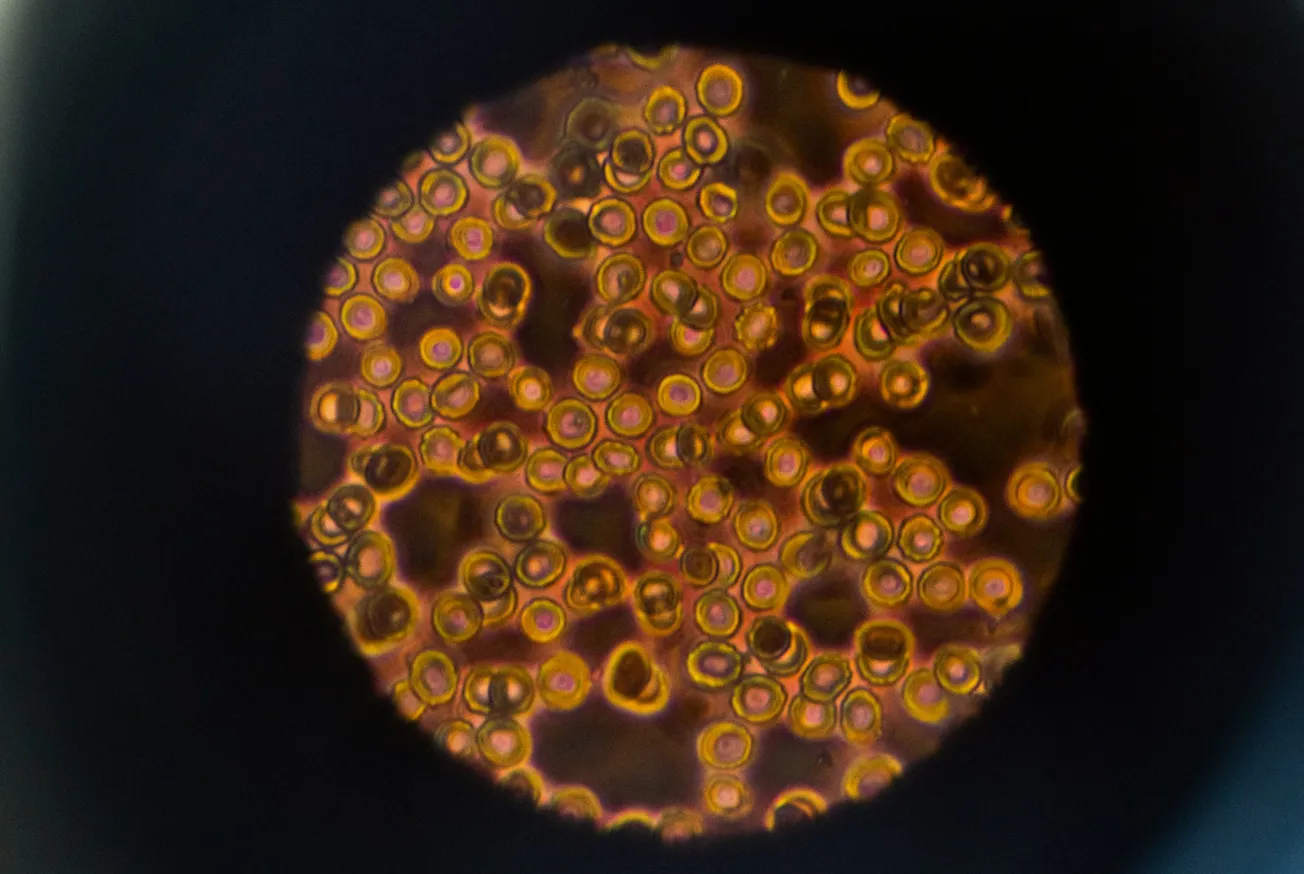Table of Contents
Although the quality of life for people across the world has dramatically improved due to traditional approaches to treating patients employing drugs and surgery, there are several diseases in which these approaches can only focus on managing symptoms rather than offering a cure. It should be noted that one limitation is particularly evident in monogenic disorders during their treatment, which is a range of diseases caused by mutations in individual genes that one inherits since birth. Approximately 6,000 such diseases are said to affect more than 350 million individuals globally.
Over the past few years, cell and gene therapy have made enormous strides, offering hope to patients with diseases with no treatment. These therapy options, which replace conventional treatments, act to manage symptoms and can target the molecular and genetic abnormalities of diseases. The positive outcomes of these therapies are enormous, making it worthwhile to understand the concepts, even though they seem complicated.
How does Cell and Gene Therapy Work?
Cell and gene therapy entails reprogramming or repairing a patient’s cells or genes to cure or avoid the disease. Such treatments are more than just alternatives to conventional medical treatment because they allow the patient to “destroy the source of the disease” rather than “reduce the consequences.”
Cell Therapy is a method that involves replacing the damaged or missing cells in a patient’s body with healthy ones. Stem cell therapy is one of the most prominent forms of cell therapy. Stem cells have a unique property of being able to become any type of cell in the body. Bone marrow transplants, which use stem cells, are now used to treat certain types of blood malignancies. The ability to cure damaged normal cells using new cells is one potential approach.
Gene therapy is a process of fixing defective genes that cause disease by replacing them with healthy ones. In a nutshell, replacing a defective gene with a healthy copy, turning off, or deactivating a gene, or repairing a faulty gene are all options. For example, spinal muscular atrophy (SMA) is a debilitating hereditary condition. Gene therapy has prolonged and improved the quality of life in children with spinal muscular atrophy by replacing the faulty gene with a functional version.
CAR-T cell therapy, for example, reprograms patients’ own immune cells to attack and kill cancer cells. Luxturna, a type of gene medicine, may also help restore vision in people with a rare inherited form of blindness. Other examples are Strimvelis, a new ADA-SCID gene repair therapy, and Zolgensma, a new SMA treatment. These and other cell and gene therapies enhance the quality of life by tackling the underlying causes of devastating diseases.
How does it actually work?
Modern science uses a thorough understanding of human biology to power gene and cell therapies. Cell therapy’s starting point is usually either patient or donor cells. These cells are often genetically modified to enhance their therapeutic potential. Then, they’re carefully nurtured in a lab and reinserted into the patient’s body. Gene therapy often employs harmlessly altered viruses known as viral vectors to deliver the repaired gene into the patient’s cells. These vectors are programmed to target certain cells, ensuring that the new gene can work properly throughout.
As evidenced above, the potential of gene and cell therapy is massive. Many diseases, from the highly complex to the incurable like cancer and most neurological conditions to simple genetic conditions, can be cured using these therapies. This implies that patients may see their conditions not only effectively managed but also fully cured.
However, there are many challenges that the treatments have to overcome before getting to the healthcare setting. It is worth mentioning that the production of these components is a highly labor-intensive and costly affair. Given their infancy in the very nature of treatment methods, there are concerns from many members of the public regarding the undesired outcomes and ethical dilemmas surrounding gene editing. Research has continued the effect of many entities, given that many are still in the clinical trial stage.
In conclusion, the future of healthcare appears to be highly personalized following the development of cell and gene therapy. Particularly in physical, long-lasting treatments in front of us, these medications will finally apply patient-specific approaches depending on genetic profile. Despite the challenges and drawbacks, one cannot understate the potential that these treatments will eventually offer the world of medicine. Due to their significant impacts on the future, it is essential that all members of society, both professionals and the public, acquaint themselves with the know-how of cell and gene therapy. With continued research and development, we may be at the very early stages of a medical revolution, a situation where diseases may be fully cured instead of merely managing their symptoms.
Editor: Dr Adil Ali
References
High KA, Roncarolo MG. (2019). Gene Therapy. New England Journal of Medicine, 381(5), 455-464. DOI: 10.1056/NEJMra1805874
Trounson A, McDonald C. (2015). Stem Cell Therapies in Clinical Trials: Progress and Challenges. Cell Stem Cell, 17(1), 11-22. DOI: 10.1016/j.stem.2015.06.007
Dunbar CE, et al. (2018). Gene therapy comes of age. Science, 359(6372). DOI: 10.1126/science.aan4672
Fischer A, Hacein-Bey-Abina S, Cavazzana-Calvo M. (2010). Gene therapy of severe combined immunodeficiency. J Gene Med., 12(8), 559-567. DOI: 10.1002/jgm.1473
Cyranoski D. (2020). What CRISPR-baby prison sentences mean for research. Nature, 577(7789), 154-155. DOI: 10.1038/d41586-020-00001-y






